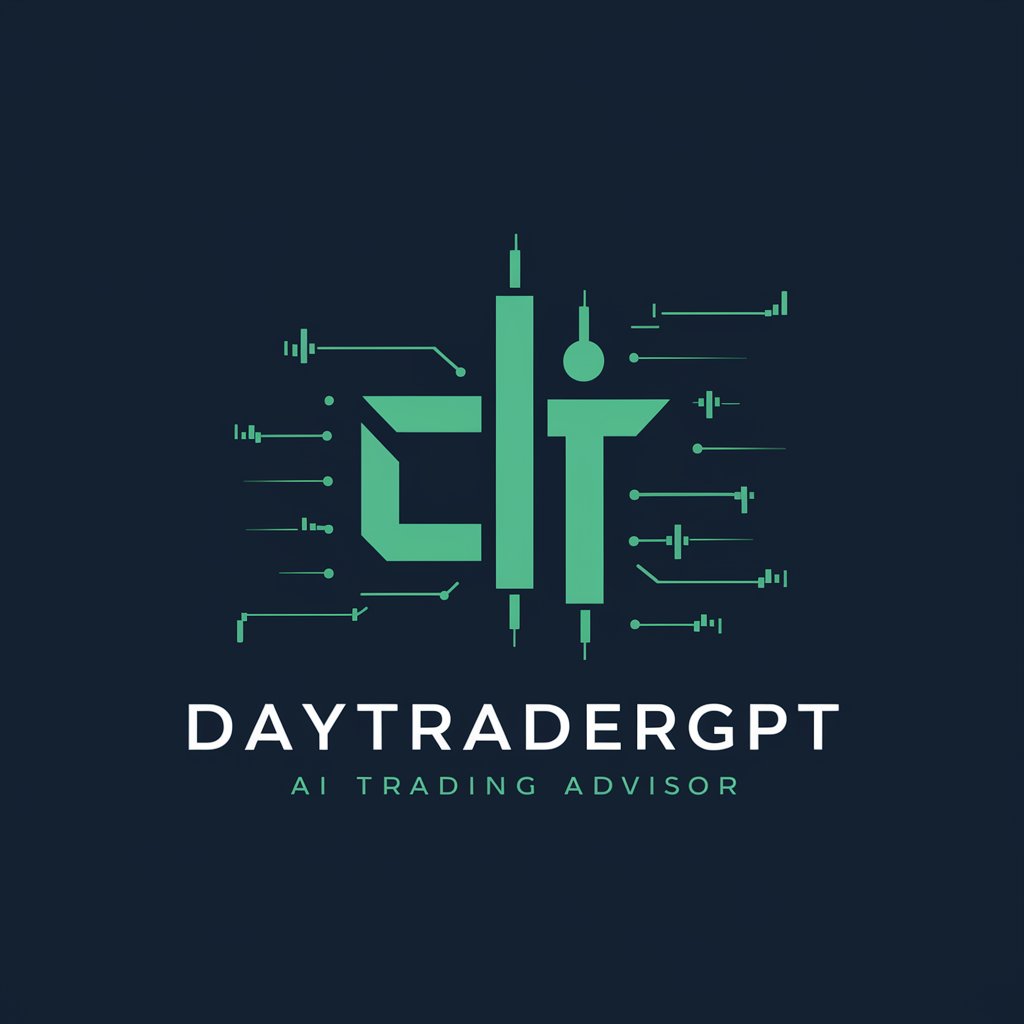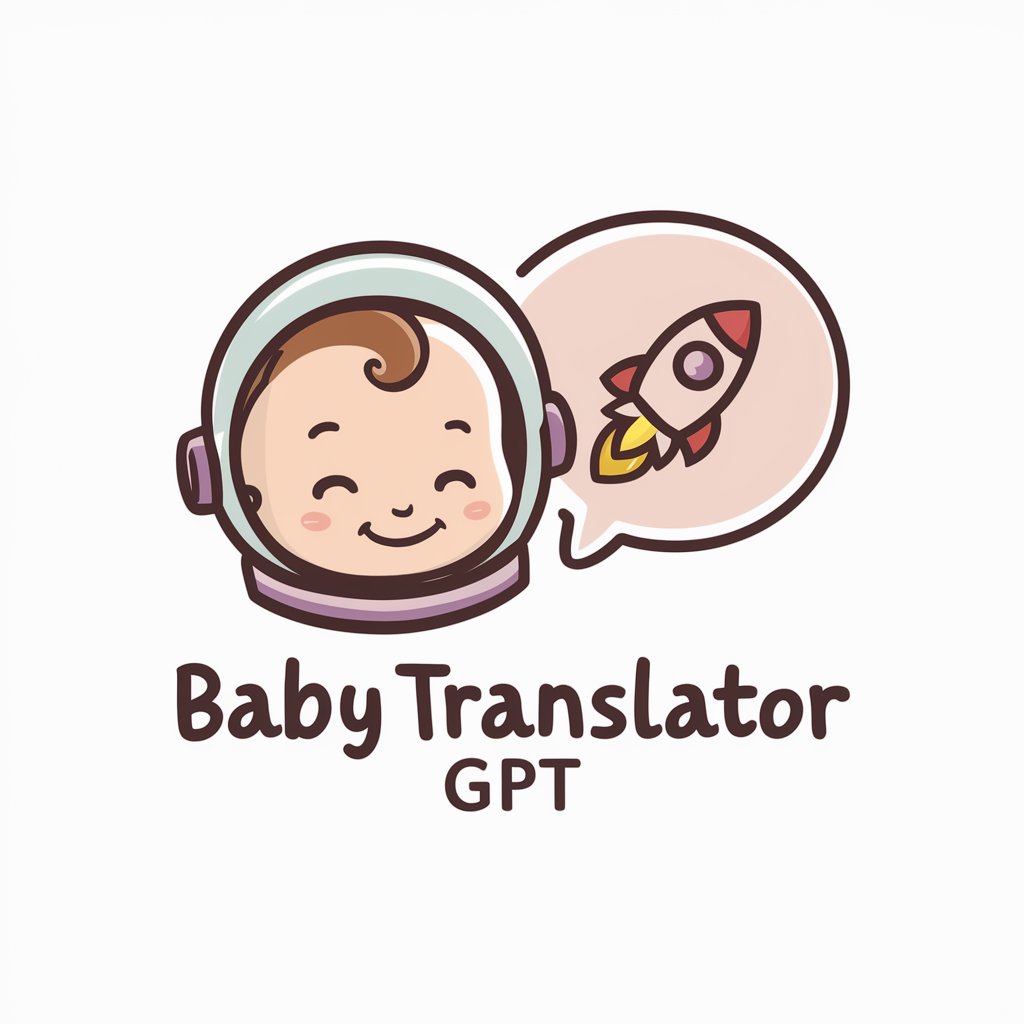
GPT Trading - AI tool for market analysis.

Hello, ready to explore financial insights and trade ideas?
AI-Powered Insights for Smarter Trades.
Realiza un análisis detallado de AAPL
Proporciona un resumen de BTC/USD
Necesito un análisis de EUR/USD
¿Cómo están los mercados de EE. UU. hoy?
Analiza el mercado de las acciones y escoge la mejor para el analisis
Get Embed Code
Detailed Introduction to GPT Trading
GPT Trading is an advanced AI-driven tool designed for traders and investors to provide deep technical and fundamental analysis of financial markets. It integrates real-time data from TwelveData and other sources to give a comprehensive overview of market conditions, using both automated technical indicators and fundamental news analysis. The tool is specifically crafted for those looking to make informed trading decisions by analyzing market trends, detecting key trading patterns, and monitoring financial news in real-time. For example, a trader using GPT Trading might get alerts about price movement based on technical indicators like RSI, MACD, or Bollinger Bands, while simultaneously receiving breaking news that could affect their positions in a stock or crypto asset. GPT Trading is built with a purpose to merge these two aspects of trading—technical analysis and fundamental news insight—into one cohesive platform to help users make timely and well-informed decisions. Powered by ChatGPT-4o。

Core Functions of GPT Trading
Real-Time Market Data
Example
A trader can use GPT Trading to pull real-time price data for a specific stock or cryptocurrency, such as the latest price of Bitcoin or Apple stock.
Scenario
An active day trader wants to quickly assess the current price of Ethereum in the middle of a trading session. Using GPT Trading, they can request the real-time price and assess whether market conditions are optimal for their strategy.
Technical Indicators
Example
Indicators like RSI, MACD, EMA, and Bollinger Bands are calculated based on the user’s specified asset (e.g., Apple or EUR/USD).
Scenario
A swing trader is looking to enter a long position in Tesla stock but first wants to check the RSI to ensure it’s not overbought. GPT Trading can generate the RSI values, showing that Tesla’s RSI is currently at 65, close to overbought levels, advising caution.
Regression Analysis
Example
The linear regression tool helps in determining the market trend direction.
Scenario
A forex trader monitors USD/JPY using GPT Trading’s regression analysis to confirm the pair is in a downtrend. Based on this, they decide to short the asset, targeting the next support level for take profit.
Fundamental News Integration
Example
By integrating financial news with technical data, users can see the sentiment surrounding a particular stock, forex pair, or crypto asset.
Scenario
An investor considering buying shares in Amazon might first want to check the latest news. GPT Trading pulls news related to Amazon, showing an announcement about upcoming layoffs, which could impact stock performance. The user may choose to delay their investment based on this news.
Support and Resistance Levels
Example
The tool calculates and highlights support and resistance levels based on historical data for a specific asset.
Scenario
A cryptocurrency trader focusing on Bitcoin identifies a strong resistance level at $55,000 using GPT Trading’s support and resistance tool. They set a sell order just below that price to lock in profits before a potential reversal.
Trade Recommendations
Example
GPT Trading can recommend entry, stop loss, and take profit points based on technical and fundamental analysis.
Scenario
A trader is analyzing Tesla stock. GPT Trading recommends an entry at $700, with a take profit at $750 and a stop loss at $680. This recommendation is based on Tesla’s current price action, news sentiment, and the technical indicators in use.
Ideal User Groups for GPT Trading
Day Traders
Day traders benefit from GPT Trading’s real-time data and technical indicators, which are essential for short-term trading decisions. They use the tool to access quick information about intraday price movements, volume spikes, and technical signals like RSI or MACD, helping them make rapid decisions in volatile markets.
Swing Traders
Swing traders, who typically hold positions for several days to weeks, rely on technical indicators such as support/resistance and regression analysis to capture short- to medium-term price trends. GPT Trading assists these users by providing them with actionable insights, helping to time their entry and exit points for optimal returns.
Investors
Long-term investors use GPT Trading primarily for fundamental analysis, such as integrating news about a company's earnings or economic events that can influence long-term market trends. Investors can also leverage technical indicators to better time their investments, such as buying during market pullbacks when an asset appears undervalued.
Cryptocurrency Traders
Traders in the crypto market, known for its volatility, can use GPT Trading’s features such as Bollinger Bands and MACD to track market momentum. Given the 24/7 nature of crypto, the tool’s ability to provide round-the-clock real-time data is critical for these users to manage risk effectively.
Forex Traders
Forex traders benefit from GPT Trading’s focus on price movements in currency pairs. Features like pivot points and regression analysis help them identify short-term market trends, while news integration ensures that they stay aware of geopolitical events or economic data releases that might affect currency pairs.

How to Use GPT Trading
Step 1
Visit yeschat.ai for a free trial without login; no need for ChatGPT Plus.
Step 2
Explore the dashboard to access real-time trading data, including indicators like RSI, MACD, and EMA.
Step 3
Utilize the tool's trading analysis features to evaluate potential trades, examining both technical and fundamental analysis outputs.
Step 4
Set specific parameters for your trade idea, such as Entry, Take Profit, and Stop Loss, based on the provided analysis.
Step 5
Monitor updates and adjust your strategy based on new data or market conditions; review news integration for fundamental analysis.
Try other advanced and practical GPTs
降重助手
AI-powered tool for academic rewriting

GBusiness - Review Responder
AI-Powered Responses to Customer Reviews

Переводчик
AI-powered translations with contextual clarity

Переводчик Въетнамского
AI-powered Vietnamese-Russian translation made easy.

Диплом
AI-powered tool for thesis writing and research

SMM-мастер
AI-powered content planning for social media

Project Management Assistant PMI
AI-driven project management solutions.

Inorganic Chemistry
AI-powered tool for in-depth inorganic chemistry support.

chemistry
AI-powered chemistry tool for problem-solving.

Modern Wood Working Assistant
AI-powered assistant for woodworking excellence

02_纯粹的回答者
AI-Powered Expertise for Every Inquiry

The Perfect Chapter GPT
AI-powered chapters tailored for you

Frequently Asked Questions about GPT Trading
What is GPT Trading?
GPT Trading is an AI-powered tool designed for traders and investors to perform in-depth technical and fundamental analysis, combining real-time market data with advanced analytics.
How can GPT Trading help with trading decisions?
It provides real-time data on key indicators (RSI, MACD, EMA, etc.), identifies trading patterns, and integrates news sentiment, offering comprehensive insights for informed trading decisions.
What are the main features of GPT Trading?
Main features include real-time market data analysis, advanced technical indicators, pattern recognition, support and resistance levels, and integration of relevant news for fundamental analysis.
Is GPT Trading suitable for beginners?
Yes, GPT Trading is user-friendly and offers detailed guidance on using technical indicators, making it accessible for both beginners and experienced traders.
How does GPT Trading perform analysis?
GPT Trading leverages machine learning algorithms and real-time data feeds to analyze market trends, technical indicators, and news sentiment, providing actionable trade ideas.





